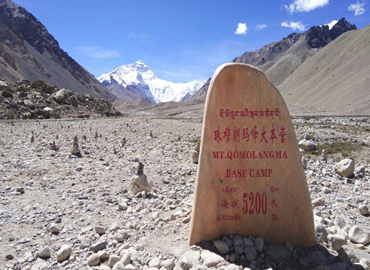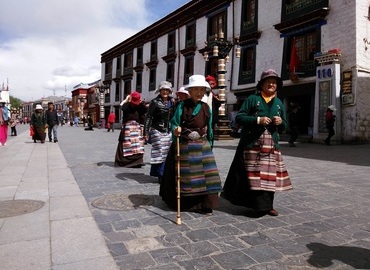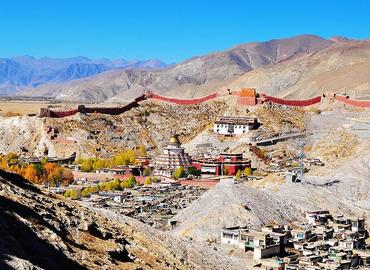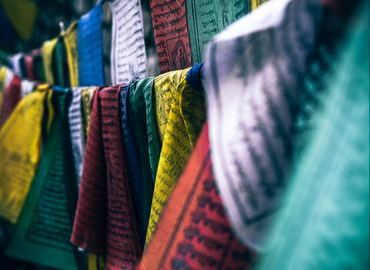Tibetan Architecture
- Catherine
- Last Updated : 06/04/2024
Tibet is mysterious because of its culture and region. As a cultural phenomenon, Tibetan architecture is bound to be influenced by people's emotions and mentality, which are derived from the specific natural environment and historical accumulation. As a tough ethnic group living on the plateau for a long time, the architectural features of Tibet not only share the commonness of the architectural art of other ethnic groups on the plateau but also express the harmony between humans and nature. In terms of architectural form, it conforms to the environment and turns adverse factors into opportunities as well as innovation. No matter the materials, shapes, or colors, they are very corresponding with surroundings, as if they are growing out of them, full of human feelings and rhythm of life. In the process of inheritance, Tibetan architecture has also maintained its unique styles. These buildings with rich characteristics attract the attention of a large number of tourists.
Various Forms Of Tibetan Architecture in History
Tibetan architecture has a long history, which can be traced back to 4,500 years ago. The layout of the architecture of Tibet is rich in variety and forms.
In the Tubo period, the buildings were mostly multi-story tower fortresses, which were often based on mountains and were of great military significance and had the style of fortresses. The most outstanding representative is the Potala Palace - It was built on the ridge of the Red Mountain which is a critical location; It has walls and four gates, each of which has a watchtower; The roof of the palace was inserted with a knife showing the majesty and wrapped with a ribbon; There was a silver bridge between the palace rooms of the king and concubines. All these show the character of the Potala Palace as a military fortress.
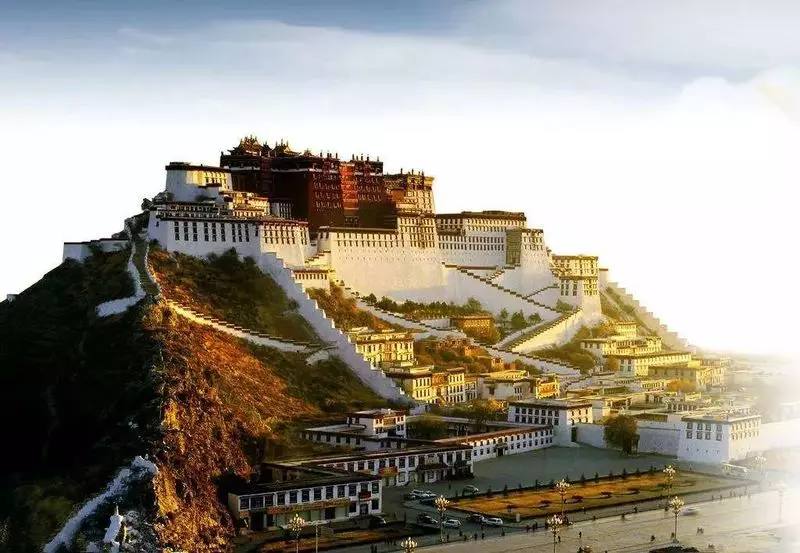
Another form of architecture is the rock cave. The caves are deep and small, isolated from the world, and conducive to meditation and thinking, which is a common style of early temples. For example, the Palubuk Temple opposite the Potala Palace is just like this; and the tower base of the Pabonka Temple, where is said to be the cave where Songtsan Gampo learned Tibetan characters. The inner niches of the Jokhang Temple are modeled after the layout of the caves. The oldest hall of Potala Palace, called King Dharma Cave, is also a rock cave in the Tubo period.
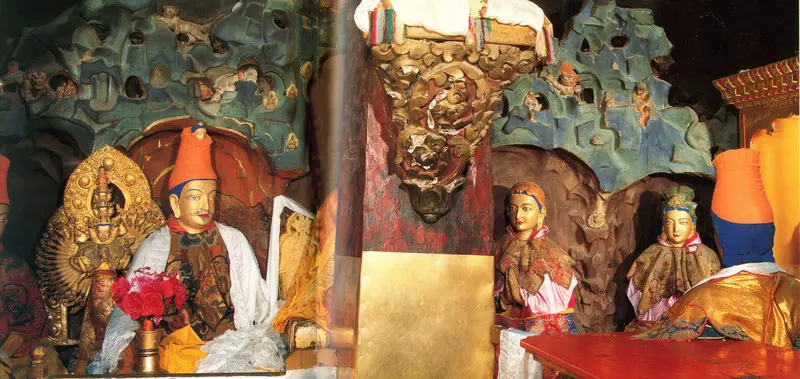
After the fall of the Tubo Dynasty, the architecture was represented by the powerful rammed earth fortress on the plain/river valley/cliffs, such as the Sakya South Temple, and Gyantse Dzong.
Since the Qing Dynasty, when Tibet entered a period of peace, fortress-style buildings have gradually disappeared, replaced by spacious, comfortable aristocratic estates with courtyards and flower windows. Among them, the outstanding representatives are the Pala Manor in Gyantse. Temples were no longer developed into castles but into magnificent and beautiful architectural complexes, such as the Drepung Monastery, Sera Monastery, and so on. By the middle of the Qing Dynasty, garden architecture also appeared. Norbulingka was a perfect combination of forest, waterscape, temple, and palace.
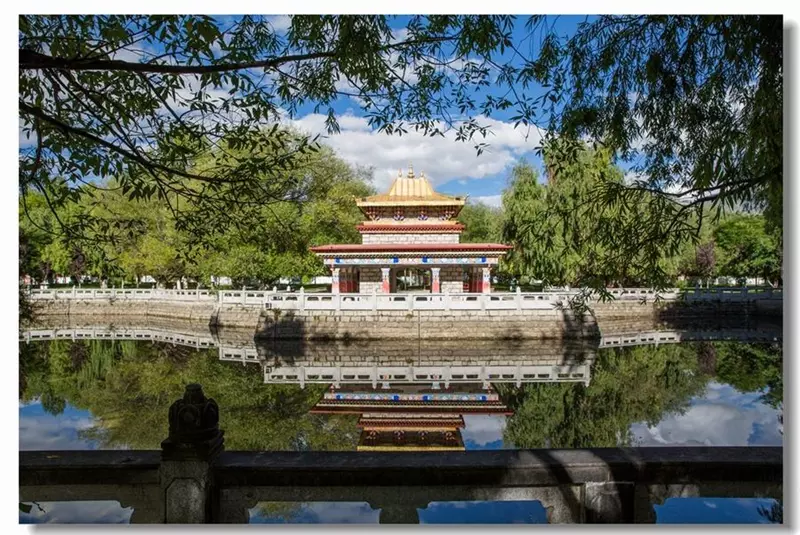
In addition, the forms of residential buildings are also colorful. The blockhouse in the south Tibetan valley, the tent house in the north Tibetan pastoral area, and the wooden architecture in the forest area of the Yarlung Zangbo river basin all have their own features.
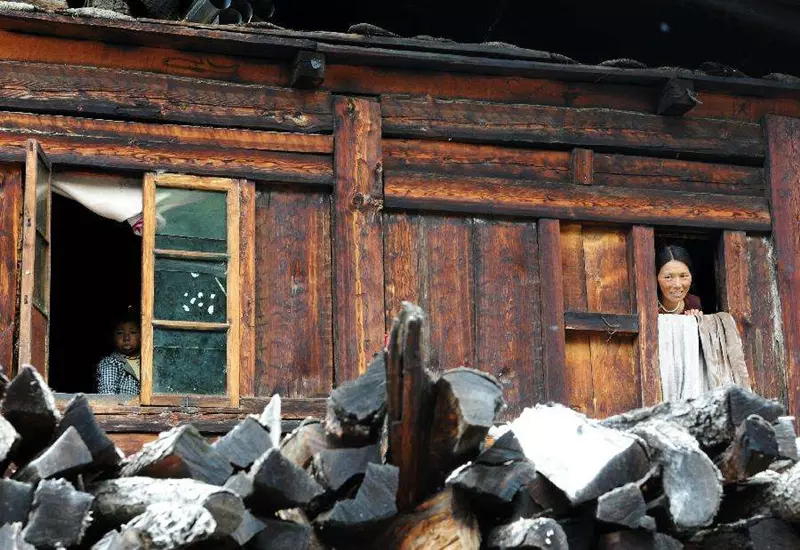
Four Features of Architecture in Tibet
Tibetan architecture embodies four unique features: 1. Emphasis on firmness and flexibility. Eg. the wind horse flag on the roof not only has religious significance but also can add a touch of flexibility to the house; 2. Care about the color matching. Both the wooden rafters and furniture are brightly colored and designed to various patterns. 3. The altar is the cleanest place and of course in the most honorable position. Even in a tent, Thangka Buddha is hung high. 4. Make full use of natural light, letting it play the role of lighting and heating.
In order to improve the ability to resist natural disasters and ensure safety, the structure of traditional Tibetan buildings has always been stable and firm, by means of thickening walls and increasing building heights. The thickest part of the Potala Palace is about 5m, the wall of the main hall of the Samye Temple is 0.4m thick, and that of Tsurphu Temple is 0.3m thick. The thickening walls make the building very sturdy.
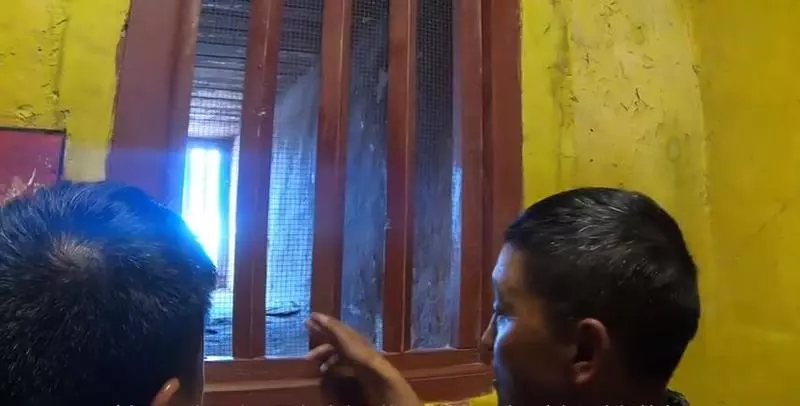
Tibetan Monasteries and temples are mainly colored red, yellow, white and tawny. The surface colors of Potala Palace are colored in this way with red as the center, which has not only a distinctive decorative effect but also a profound religious meaning. Other buildings also follow the way mentioned above. In addition to red, yellow buildings also mean important. The housing of many famous monks and living Buddhas or important palaces are all in yellow, and such kinds of buildings usually in a very prominent position of the entire complex.
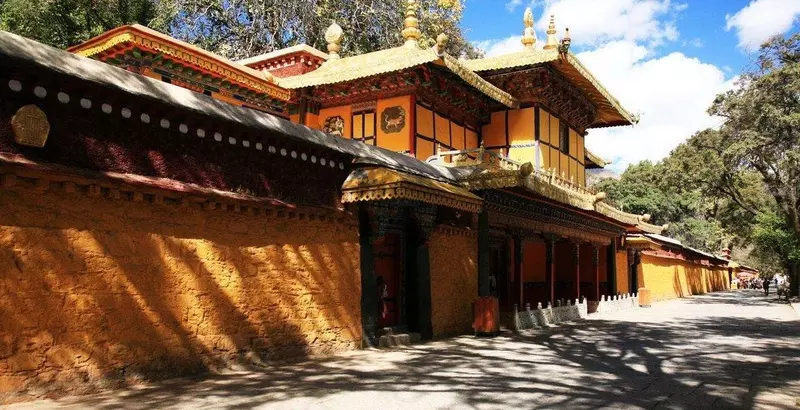
Tibetan residential buildings often have a white appearance. The doors and windows are usually decorated with a ladder-shaped black frame, which means "ox horn" and is said to bring good luck to people. Some say black absorbs the sunlight, but others say it repels evil spirits.
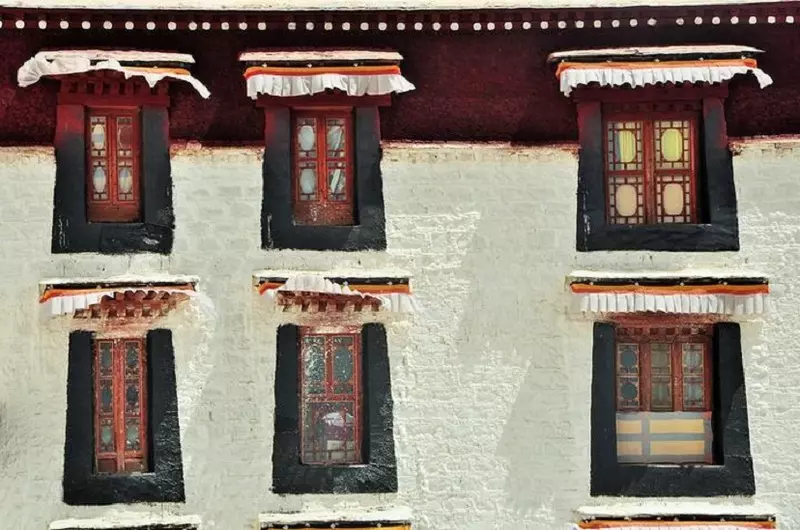
The Buddha Hall is generally set in the center of each temple complex, indicating its honorable position. Among all the interior decorations of Tibetan residents, the most exquisite is the "prayer room" of each family, and the walls and pillars of the rooms are elaborately decorated and painted with traditional patterns.
Daylighting inside Tibetan architecture is achieved by means of doors, windows, patios, and corridors. Commonly, the upper part of the window has two or three overhanging cornices layer-by-layer, and the upper layer is a small canopy. This kind of design makes the light in summer can only shine on the windowsill, the interior is still in the shadow, bringing a cool feeling to people; while the sunlight in winter can shine into the house, bringing warmth to people. There are skylights on the top of Tibetan tents in pastoral areas, which can be used for ventilation, daylight, and smoke outlets. It even can be covered during rainy days.
All these unique and beautiful architectural forms and styles above integrate the magnificence of the snowy plateau with the natural landscape, giving people the beauty of primitive simplicity and ruggedness.
Email response within 0.5~24 hours.


